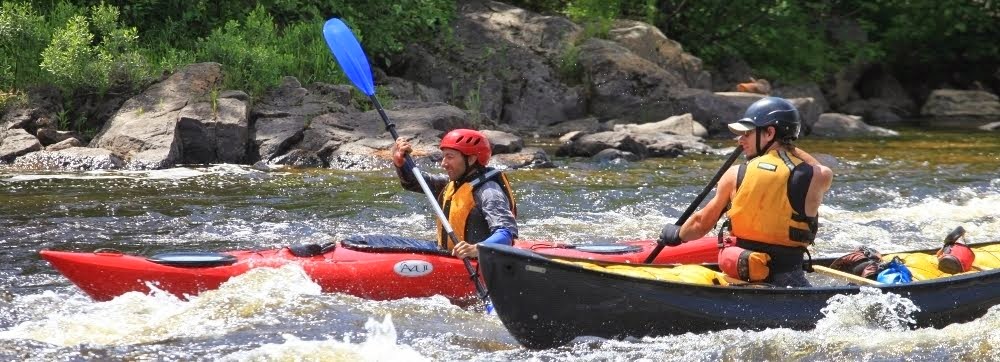A customary yourte is a convenient, cycle tent
secured with skins or felt and utilized as a residence by-nomads as a part of
the steppes of Central Asia. The structure contains a calculated gathering or
latticework of bits of wood or bamboo for dividers, a door jamb, ribs (posts,
rafters), and a wheel (crown, pressure ring) potentially steam-twisted. The
rooftop structure is frequently self-supporting; however substantial yurts may
have inside posts supporting the crown. The highest point of the mass of
self-supporting yurts is kept from spreading by method for a strain band which
contradicts the power of the rooftop ribs.
Present day, yourte
may be for all time based on a wooden stage; they may utilize cutting edge
materials, for example, steam-bowed wooden encircling or metal confining,
canvas or covering, Plexiglas vault, wire rope, or brilliant protection.
Customary yurts comprise of an extending wooden round edge conveying a felt
spread. The felt is produced using the fleece of the groups of sheep that go
with the pastoralists. The timber to make the outer structure is not to be
found on the treeless steppes, and must be gotten by profession in the valleys
beneath.
The edge comprises of one or all the more growing
cross section divider segments, a door jamb, twisted rooftop shafts and a
crown. The wood edge is secured with bits of felt. Contingent upon
accessibility, the felt is moreover secured with canvas and/or sun-covers. The
edge is held together with one or more ropes or strips. The structure is kept
under pressure by the heaviness of the spreads, some of the time supplemented
by a substantial weight swung from the focal point of the rooftop. They
fluctuate with distinctive sizes, and relative weight. In order to know more
about nuitée en yourte, better search online to gather relevant
information.
